Reviewed by Jeffrey Sanzel
In K.M. Messina’s debut novel, Gemja: The Message, the author presents an engaging blend of science fiction and fantasy, combined neatly with a dose of romance and shades of New Age. With Resa Stone, she offers an honest, smart, and insightful protagonist. The book spans three worlds as well as ventures into dream states and astral projection. All the elements fuse to create a compelling, fast-paced read.

Gemja takes place in an alternate present. “Five years ago, an alien culture had presented itself on Earth, changing everything humans knew and thought they knew about the universe. Besides Earth, there were twenty-five other known planets in the cosmos that harbored sentient life, and alien technology had made interstellar travel among these civilizations simple and quick.” Resa’s father, a former chief of police, was the first person on Earth to make contact with alien life. The Stones became part of the “Worlds Meeting Worlds” experiment, a function of the Interplanetary Peace League (IPPL), which is central to the action. The family was one of a few chosen to live for six months on a foreign planet.
As the story opens, Resa, her parents, and her twin brother, rebel-want-to-be Dakota, have lived under the tangerine sky of Wandelsta for three months. Resa, a witch-in-training, is a wonderful contradiction in terms—in short, a true teenager: “I was a logical, straight-A science geek, yet I believed in magic and ghosts. I would take the time to stop and help a turtle safely cross the road, but then I’d rush home to join my brother in watching a UFC fighting match where guys in a cage pounded each other to a pulp for sport.” Both spiritual and one hundred percent American youth, Resa struggles with day-to-day existence on the crimson-sanded Wandelsta that serves as an interplanetary garbage dump, with spaceships leaving tons of waste for disposal. The strange atmosphere shifts daily into a dangerous, polluted, and tangible “toxia.”
Resa spends her day drawing and writing in a journal to be published upon her return. At night, a dream vision, Nitika, tells her, “You are the one,” and there is something she must retrieve. In addition, she meets a strange young man with violet eyes to whom she finds an immediate attraction. Later in the story, this enigmatic figure becomes important in Resa’s journey.
Incidents send the family back to Earth early. They return to Mount Desert Island, Maine, greeted as celebrities. Resa learns of a deeper connection to her Wiccan grandmother, now suffering from dementia. The mystery surrounding her grandmother informs a great deal of the supernatural aspects. In the magic world of the novel, “a spell was a prayer said with intent, and earthy objects like wood and stones have the energy to give life to your most far-fetched wishes.”
From there, Resa, her friend Sarah, and Dakota travel to the Academy in Oganwandok, the universe’s capital, to engage in secret studies. The Academy trains young people to “become the future leaders, peacekeepers, and advocates for change across the cosmos.”
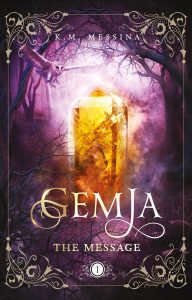 The driving force of the novel’s mythological foundation is the titular legend of Gemja, explaining the origin of the universe. The crystals of Gemja contain extraordinary powers, one of which comes into Resa’s possession. The unification of the crystals will no doubt be central to subsequent books. “… If all the crystals are found and activated, space will warp to reveal Gemja, a glorious crystalline planet where our every wish comes true.”
The driving force of the novel’s mythological foundation is the titular legend of Gemja, explaining the origin of the universe. The crystals of Gemja contain extraordinary powers, one of which comes into Resa’s possession. The unification of the crystals will no doubt be central to subsequent books. “… If all the crystals are found and activated, space will warp to reveal Gemja, a glorious crystalline planet where our every wish comes true.”
The author expertly weaves exposition and character, smartly painting a picture of a family dealing with a unique situation. Messina is a gifted world-builder, introducing a range of species: the rodent-like Slopees, the kind, well-meaning, and generous indigenous population of Wandelsta; the charming plant-like Yrdians from the rain-deprived Yrd; and the docile pacifists, the Ploompies of Glucosa, a sugar-based planet, under attack by the insectoid Siafu.
One of the book’s most memorable and affecting elements deals with the Stones’ homecoming, where life is now somehow more alien. Messina makes a profound and pointed statement about the ugliness of immigrant paranoia in several incidents in their brief time back on Earth.
Gemja is rich in adventure, humor, and humanity, balancing its reality with the fantastical. From first to last, the novel will delight readers of all ages, a gateway to a unique world that promises to grow with each welcomed addition to the series.
Gemja: The Message is available at www.amazon.com. Visit the author’s website at www.kmessina.com.

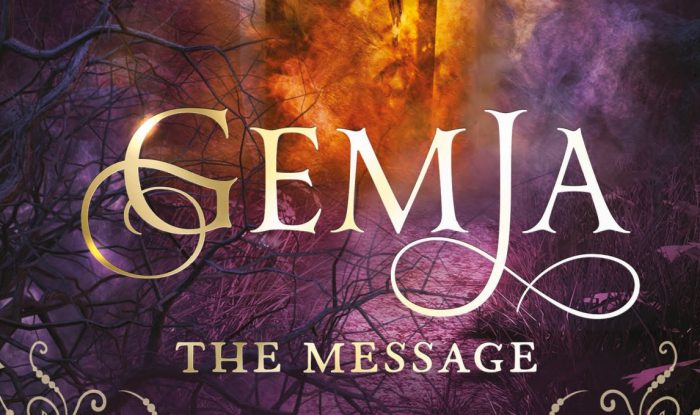
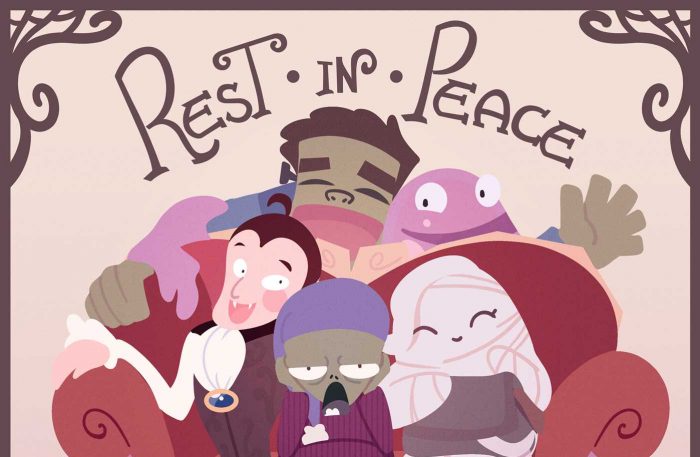


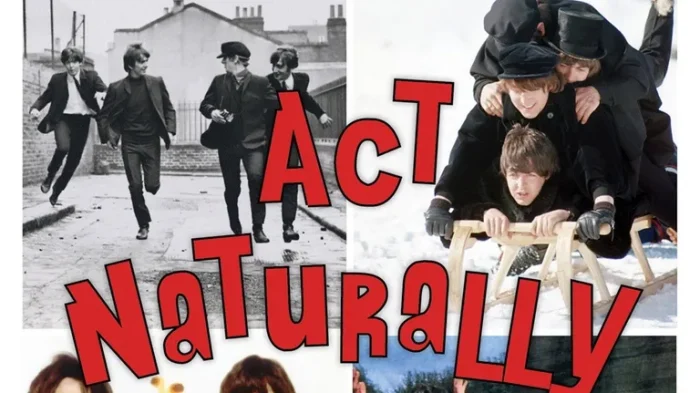

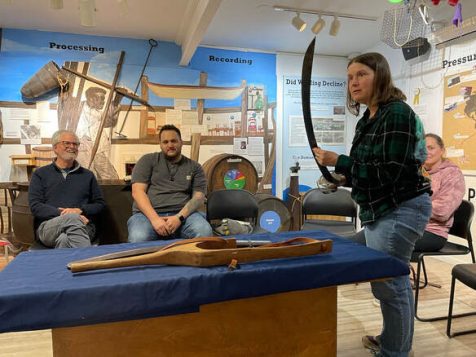

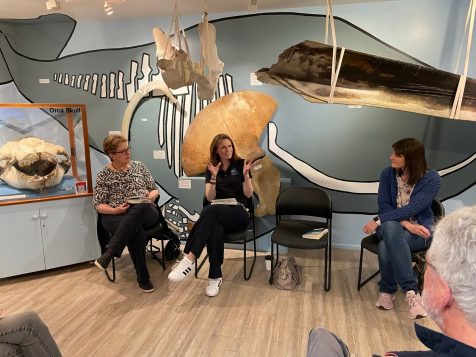

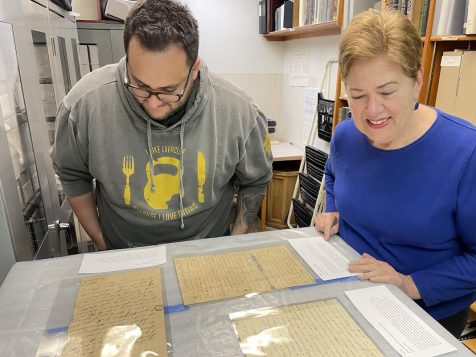
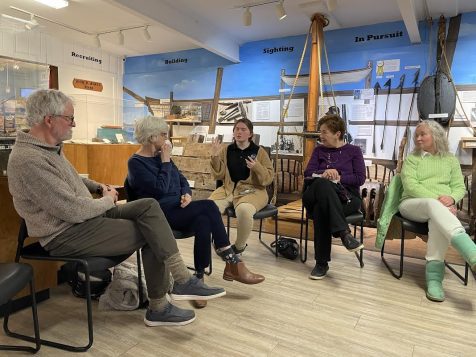
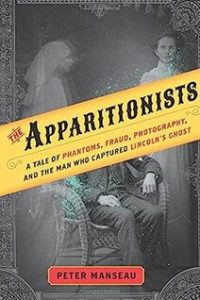 The first session takes place on Tuesday, Sept. 26 at 6:30 p.m. and covers The Apparitionists: A Tale of Phantoms, Fraud, Photography, and the Man Who Captured Lincoln’s Ghost by Peter Manseau. Participants of this session will explore the intriguing history of Victorian-era spirit photography: supernatural ‘proof’ of ghosts which endured for decades and reflects the human desire to communicate beyond the physical. Historic photographs from the local Jones-Hewlett family will be on view for the group.
The first session takes place on Tuesday, Sept. 26 at 6:30 p.m. and covers The Apparitionists: A Tale of Phantoms, Fraud, Photography, and the Man Who Captured Lincoln’s Ghost by Peter Manseau. Participants of this session will explore the intriguing history of Victorian-era spirit photography: supernatural ‘proof’ of ghosts which endured for decades and reflects the human desire to communicate beyond the physical. Historic photographs from the local Jones-Hewlett family will be on view for the group.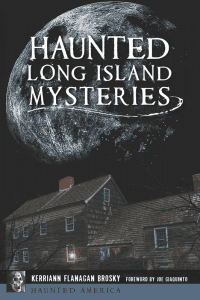 The October session, held on Tuesday Oct. 17 at 6:30 p.m., is a special edition featuring award-winning author and historian, Kerriann Flanagan Brosky, above, along with medium/paranormal investigator Joe Giaquinto. Participants will be delighted with tales of their ghostly adventures which weave local history with the spiritual realm. They will discuss research and investigations behind the making of Haunted Long Island Mysteries, Brosky’s latest book. The lecture will include a PowerPoint presentation of the places they have visited and listening to EVP’s (Electronic Voice Phenomenon) along with fascinating Ghost Box recordings from their field investigations. Books will be available for purchase and signing following the presentation.
The October session, held on Tuesday Oct. 17 at 6:30 p.m., is a special edition featuring award-winning author and historian, Kerriann Flanagan Brosky, above, along with medium/paranormal investigator Joe Giaquinto. Participants will be delighted with tales of their ghostly adventures which weave local history with the spiritual realm. They will discuss research and investigations behind the making of Haunted Long Island Mysteries, Brosky’s latest book. The lecture will include a PowerPoint presentation of the places they have visited and listening to EVP’s (Electronic Voice Phenomenon) along with fascinating Ghost Box recordings from their field investigations. Books will be available for purchase and signing following the presentation. The November session will take place on Tuesday, Nov. 14 at 6:30 p.m. and covers The Wager: A Tale of Shipwreck, Mutiny and Murder by David Grann. Participants will explore one of the most gripping true stories from the high seas where in 1742, a ramshackle vessel of patched-together wood and cloth washed up on the coast of Brazil. Inside were thirty emaciated men, barely alive, and they had an extraordinary tale to tell — later challenged by other survivors with shocking twists of disaster, mutiny, anarchy, and murder. With a story based on six years of research, armchair adventurers will enjoy shipbuilding tools from the museum’s collection on view to the group.
The November session will take place on Tuesday, Nov. 14 at 6:30 p.m. and covers The Wager: A Tale of Shipwreck, Mutiny and Murder by David Grann. Participants will explore one of the most gripping true stories from the high seas where in 1742, a ramshackle vessel of patched-together wood and cloth washed up on the coast of Brazil. Inside were thirty emaciated men, barely alive, and they had an extraordinary tale to tell — later challenged by other survivors with shocking twists of disaster, mutiny, anarchy, and murder. With a story based on six years of research, armchair adventurers will enjoy shipbuilding tools from the museum’s collection on view to the group.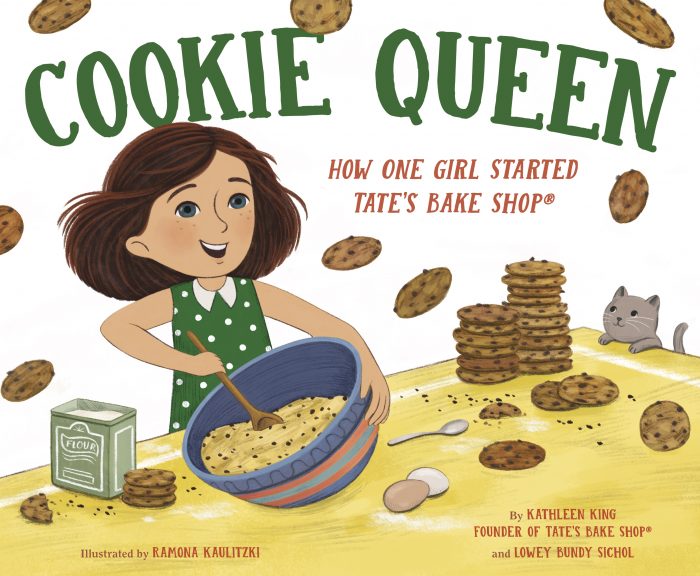
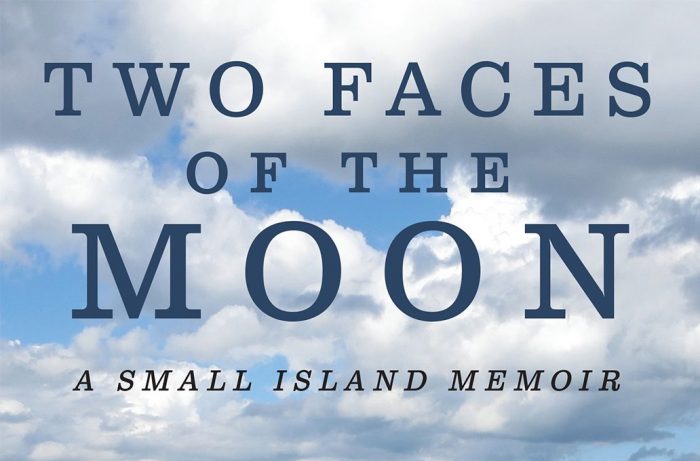
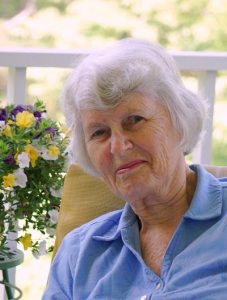
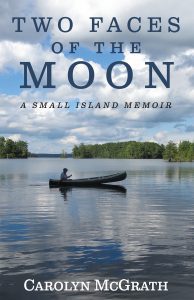 While the book delves into the history of the island, the house, and the lake, Two Faces of the Moon is, first and foremost, a tale of family. McGrath’s vivid, distinctly raw prose recalls the opening line of Tolstoy’s Anna Karenina: “Happy families are all alike; every unhappy family is unhappy in its own way.” She alternates between the 2001 narrative in present tense and musings on her parents’ lives. The intersection creates friction that leads to constant sparks of insight.
While the book delves into the history of the island, the house, and the lake, Two Faces of the Moon is, first and foremost, a tale of family. McGrath’s vivid, distinctly raw prose recalls the opening line of Tolstoy’s Anna Karenina: “Happy families are all alike; every unhappy family is unhappy in its own way.” She alternates between the 2001 narrative in present tense and musings on her parents’ lives. The intersection creates friction that leads to constant sparks of insight.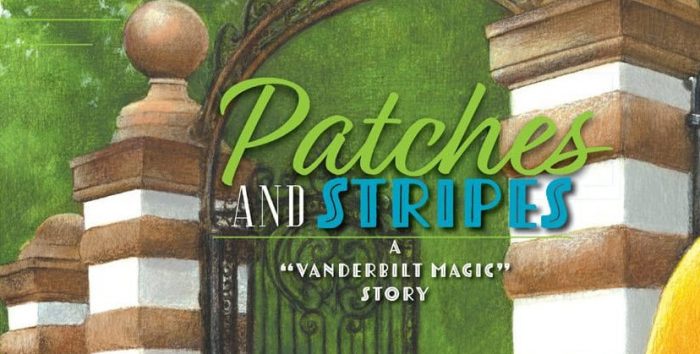
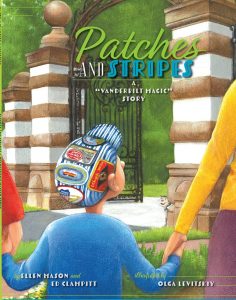 Author Ellen Mason will read her book, Patches and Stripes, one of four scheduled that evening. In it, she and co-author—and Vanderbilt Museum colleague—Ed Clampitt, tell the true story of a family that lost an heirloom during a Museum visit. That tale, in which the heirloom eventually “turned up,” is one the authors call “Vanderbilt magic.”
Author Ellen Mason will read her book, Patches and Stripes, one of four scheduled that evening. In it, she and co-author—and Vanderbilt Museum colleague—Ed Clampitt, tell the true story of a family that lost an heirloom during a Museum visit. That tale, in which the heirloom eventually “turned up,” is one the authors call “Vanderbilt magic.”

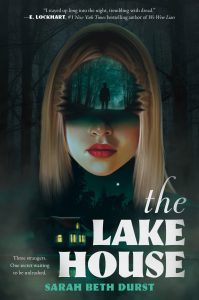 Insightfully—and with no malice—Mariana evaluates Reyva: “My guess: your parents have opinions on what you’re allowed to feel, as well as what you do, and so you respond by controlling what you show the world. Do you want us to think nothing phases you? Fact is, you care a lot, and you’re terrified that someone will realize it and use it against you. Like, you know, I’m doing right now.”
Insightfully—and with no malice—Mariana evaluates Reyva: “My guess: your parents have opinions on what you’re allowed to feel, as well as what you do, and so you respond by controlling what you show the world. Do you want us to think nothing phases you? Fact is, you care a lot, and you’re terrified that someone will realize it and use it against you. Like, you know, I’m doing right now.”
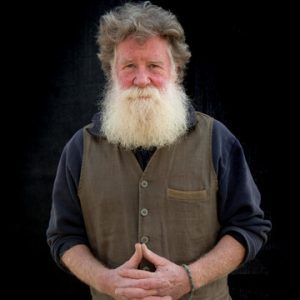
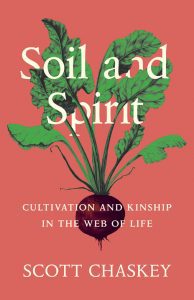 Scott Chaskey is the author of Soil and Spirit. He is also the author of a memoir, This Common Ground: Seasons on an Organic Farm, and a book of nonfiction, Seedtime: On the History, Husbandry, Politics, and Promise of Seeds. His poetry, first printed in literary journals in the early seventies, has been widely published over four decades.
Scott Chaskey is the author of Soil and Spirit. He is also the author of a memoir, This Common Ground: Seasons on an Organic Farm, and a book of nonfiction, Seedtime: On the History, Husbandry, Politics, and Promise of Seeds. His poetry, first printed in literary journals in the early seventies, has been widely published over four decades.


